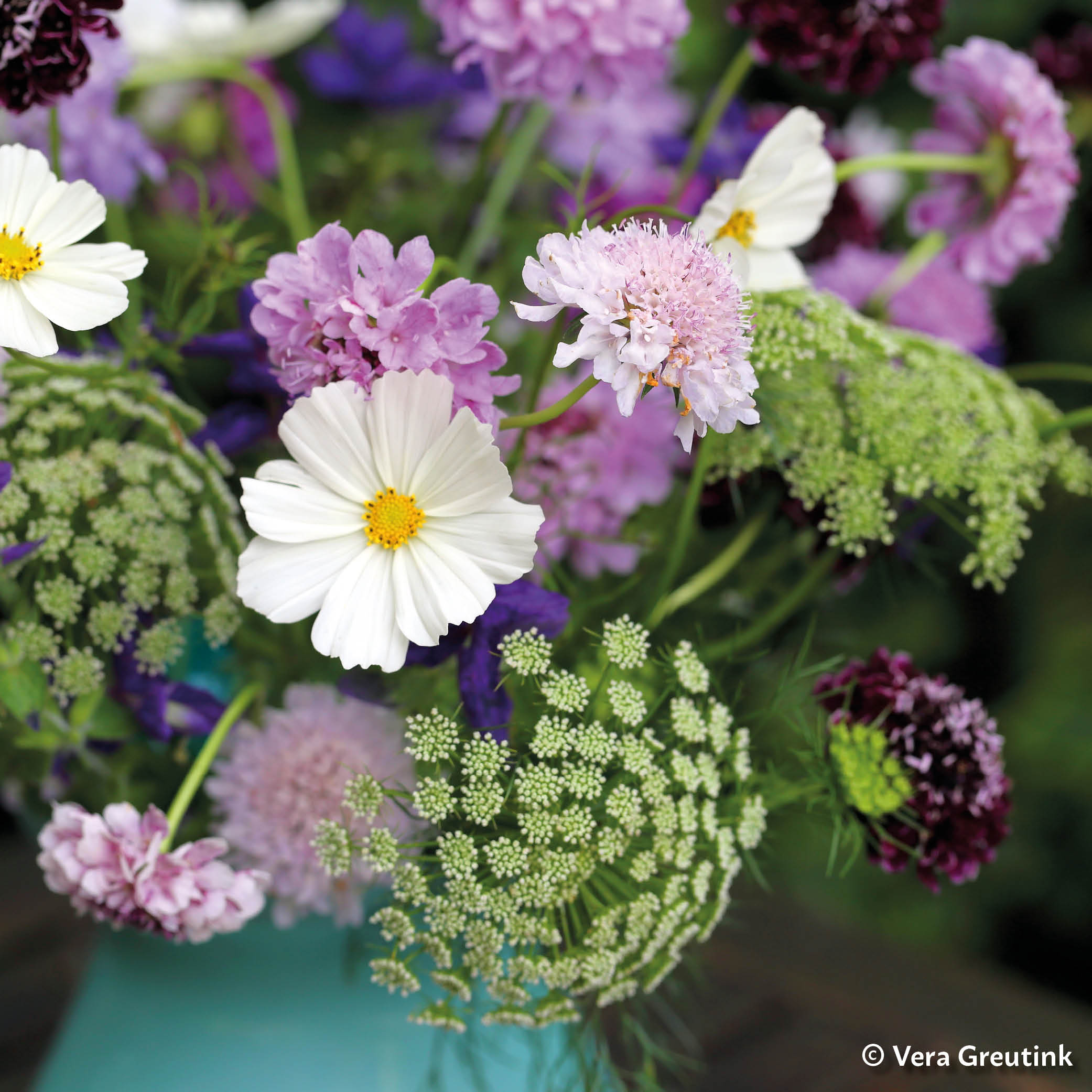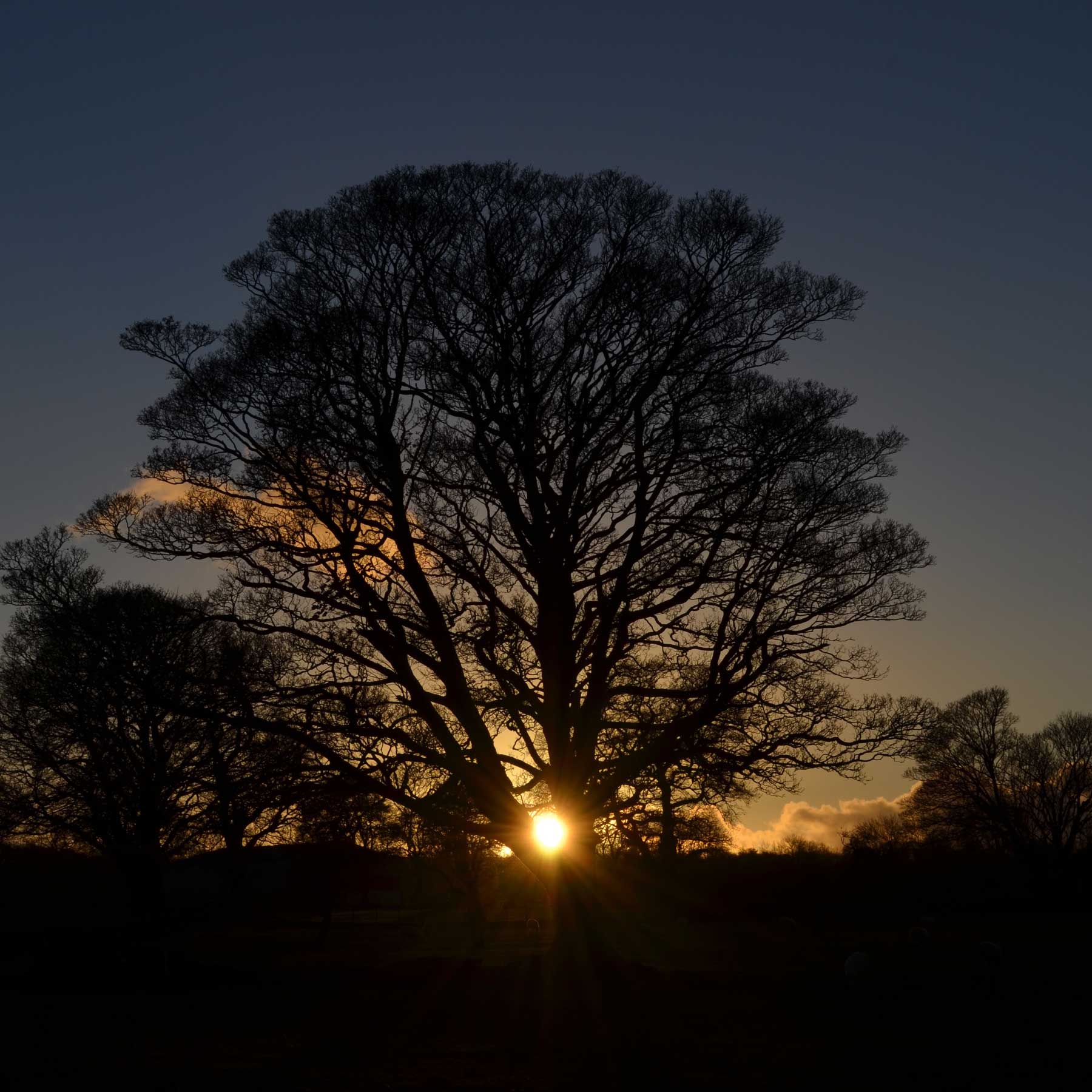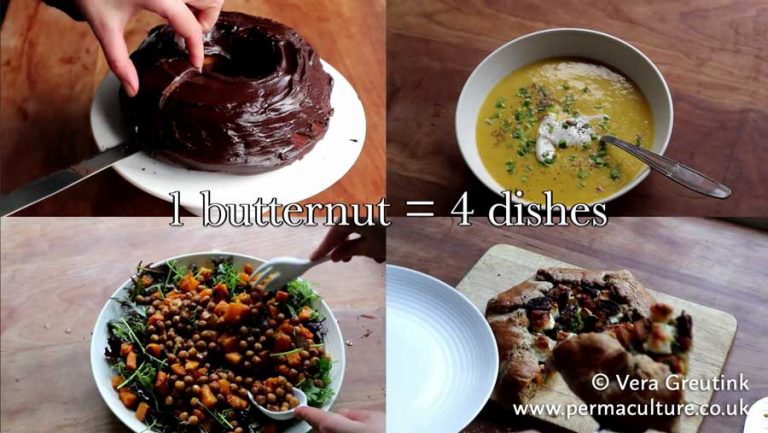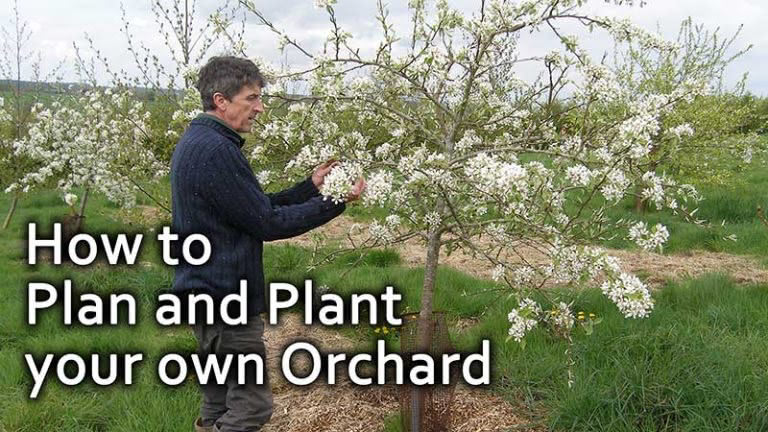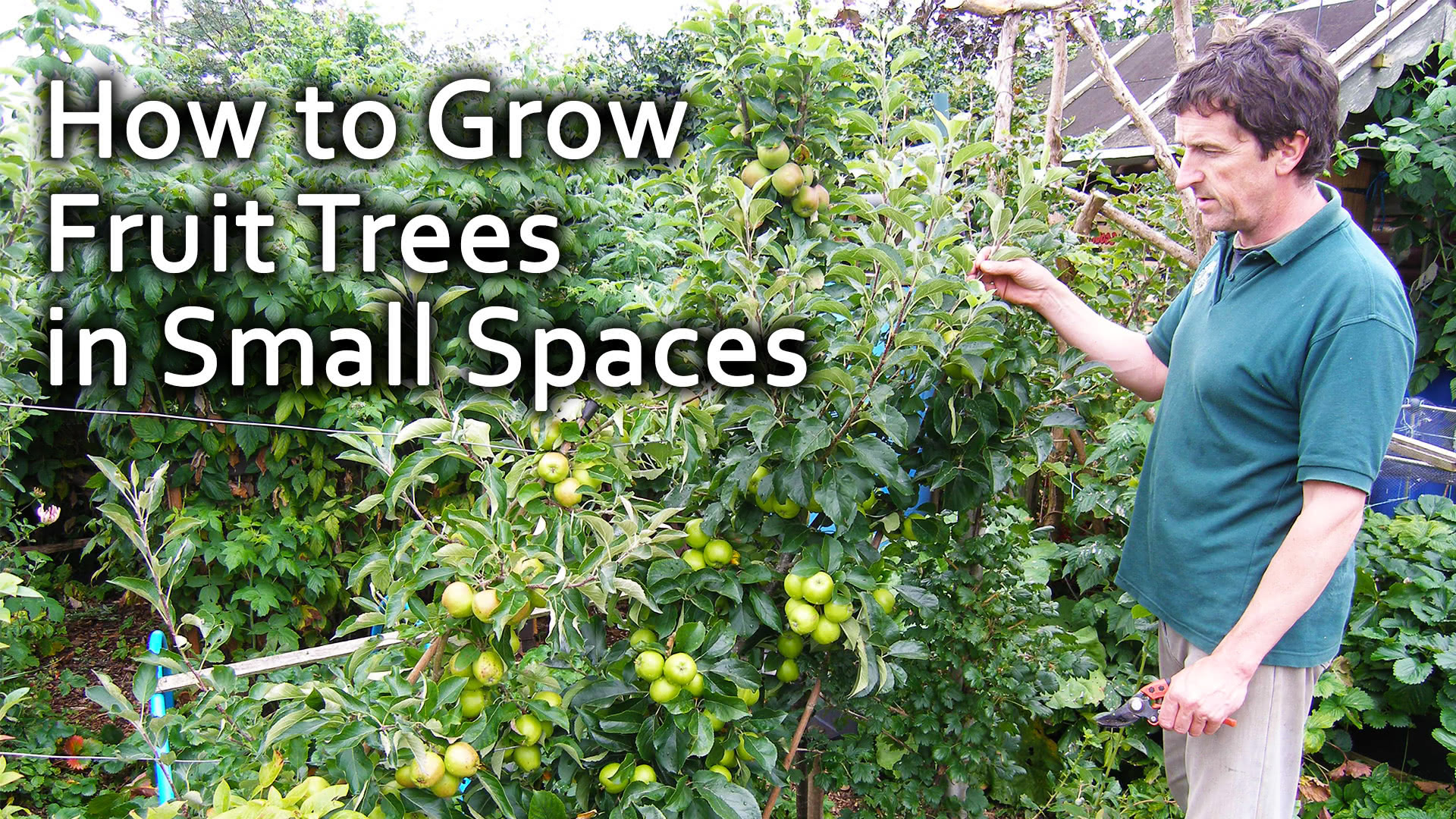There are various methods for drying herbs for herbal recipes but they all require that the herb is dried and stored out of the light. I prefer to use brown paper bags, other people hang them up in bunches or lay them between sheets of newspaper or brown paper.
• If using brown paper bags always label the bags with the name of the herb, the date and where you picked it. This is good practice and a good habit to get into as plants can change a lot in the drying process. Even if you think you will know what it is, it is surprising how you can forget, especially if you bag up several herbs over a period of a few weeks.
• Leave the bags in a dry warm environment for several weeks. Put them in the airing cupboard if you have one, hang over the wood-burner or leave them on top of radiators. Shake the bags and turn the leaves over with your hands every day or two. It is essential to do this to stop any mould getting in to the herbs while they are still drying.
• The herbal properties of leaves and flowers will deteriorate after 1 year so they need to be re-collected every year. Fruit, seeds, berries, roots and bark will last for 2 years.
It is light that destroys the herbal properties of herbs, so at its simplest herbs can be stored all year in brown paper bags, although if they are kept in the kitchen they will need to be kept in a plastic container or airtight tin to keep them dry.
Keeping the herbs in a dedicated leather or cotton bag is the traditional medicine way and these are hung somewhere warm and dry, near a radiator or fire.
Putting them into dark glass jars is good in a kitchen because of the condensation.
Clear jam jars are fine if they are kept in a dark cupboard. At its simplest the jar can be kept in a brown paper bag or more creative ways can be found.
Herb teas vary in taste and quality. Buying popular blends as tea bags is convenient, but be aware that the herbs may be old by the time you drink them, and the herbs may have been grown in monocultures and sprayed with petrochemicals.
It is infinitely better to make your own.
• Making herb teas is not an exact science, especially when using the common safe plants. Interestingly, different herbalists use different amounts. I use about a teaspoonful of dried herbs or a small pile that fits into the hollow of my palm, and between a half to a pint of water, depending on the need. Use less for young children and anyone who is weak and frail.
Dried herbs have twice the strength of fresh herbs, so twice the amount of fresh herb is used.
• As you make the tea, say thank you to the plant. This open-hearted attitude adds to the healing process. I like to picture the plant and affirm its healing qualities as I wait for the tea to brew, partly to affirm the healing I am engaged in and also as a memory aid. This way I keep learning and understanding more about the plants all the time and keep my knowledge strong. Many of the herbs are an acquired taste. Nurture an openness to these wild flavours and earthy tastes and give them a chance. More often than not, a taste you didn’t like at first becomes a taste that you find you love.
These are also for adults only as they are a mixture of brandy and honey.
This makes them a most delicious way to take your medicine! They are especially good to use when travelling as they are kept in small dropper bottles and taken neat.
Elixirs are combination remedies, created for specific uses and personal needs.
Elixirs need to taste good so the addition of any aromatic herbs improves the flavour, but must also support the over-all herbal action. They are experimental and fun, as well as being extremely effective and I like to give them creative names.
Write up everything in your Herb Journal. This is especially important when you make combination elixirs. Recording the plants and proportions used is invaluable when you create something you want to repeat.
Method one
1. Half fill a dark jar with a herb or combinations of herbs: tear the leaves, crush the seeds or fruit, and chop the roots. Send your thanks to the plants. Add a little of something that will give it a nice flavour such as rose petals, sweet violet, lavender, rosemary, lemon verbena etc, making sure that their actions support the overall use of the remedy.
2. Cover the plant matter with clear runny honey and send your silent thanks to the bees. Poke well with a chopstick to get out any trapped air bubbles and break the plant matter up further.
3. Then top the jar up with brandy and
4. Put on the lid and label, date and shake well. Give it a poke and a shake frequently and keep out of bright light. They are ready in about a month, although they come to no harm if they are left longer.
5. Strain off the plant matter and rebottle in clean dark dropper bottles. Pour a little boiling water over the mash of herbs that are left over, getting every last bit of goodness out of them. Toast the plant and its medicine and have your first taste before returning the spent mash to the earth with thanks.
Method two
Create an instant elixir using the tinctures you have made.
1. Using a jug combine several tinctures that support the remedy you are making.
2. Mix in a similar amount of honey to tincture and mix the two together.
3. Pour into dark dropper bottles. Name and date and write up in your herb journal.
Their dosage is similar to tinctures, although I tend to use them little and often.
Here are some suggestions of plants to choose from, depending on what you have available. I have listed the native plants first and the aromatics at the end.
Anti-stress elixir
Hawthorn, cowslip, vervain, rose petals, lavender, borage.
Drops of calm
Hawthorn, elderflowers, cowslip, hops, valerian, vervain, rose petals, borage, lavender, chamomile.
—
This is an extract from Glennie Kindred’s Letting in the Wild Edges, which inspires us to celebrate the bounties of our wild native plants and find a richer relationship with the natural world around us.
More from Glennie: Celebrating Nature’s rhythm: Samhain
Letting in the Wild Edges
by Glennie Kindred
Sacred Earth Celebrations
by Glennie Kindred
Living With the Seasons: Summer’s wild edge – June into July
Glennie Kindred is the author of twelve books on Earth wisdom, native plants and trees and celebrating the Earth’s cycles, and is a highly respected teacher and much loved expert on natural lore and Earth traditions.
